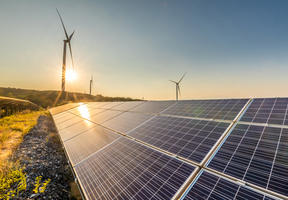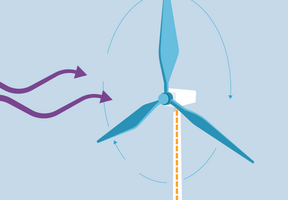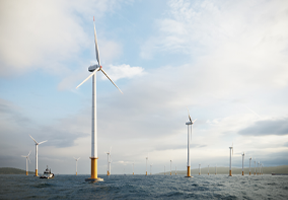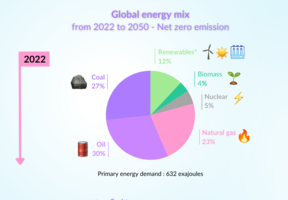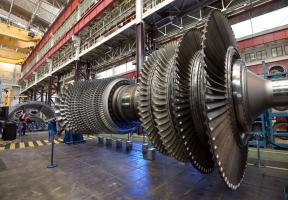The Future of Wind Power in Europe
10 min read
is a clean, renewable way of generating . In the future, provided costs are reined in, the primary focus will be development.
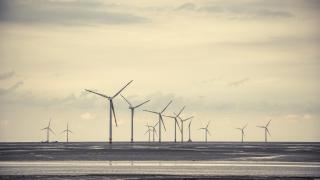
© Thinkstock - One of the problems with wind power is that it is intermittent.
Wind power: advantages and disadvantages
The pros and cons of wind are still the subject of heated debate today. There are two main arguments against wind power:
- It is thought that wind-sourced electricity is more expensive to produce than electricity from conventional sources (nuclear, , gas, etc.) and needs to be subsidized. This is no longer the case now for and offshore wind turbines. However, as floating offshore wind projects have still not reached economic maturity, they are still subsidized.
- As wind power depends on wind strength, it is intermittent and therefore unpredictable and uncontrollable, which causes significant variations in power output, and even shutdowns. However, grid operators are now used to dealing with intermittence (which also impacts other forms of power generation, like solar energy). It is estimated that a large-scale grid can integrate a wind energy penetration rate of 20% without experiencing major technical problems.
Other solutions are being developed to address the problem of interrupted power supply. Wind farms are installed in different locations and then interconnected, so that, when wind strength drops in one area, and picks up in another, a minimum amount of power is guaranteed.
Research is also being carried out to develop large-scale storage solutions for the electricity generated, in particular by using batteries.
Acceptability by neighboring communities and local users is also an issue, because of the space taken up by wind turbines, the eyesore they create on the landscape, and their potential impact on the environment.
To overcome this kind of acceptability issue, project owners seek to involve the general public during the preparation phases of new projects, to avoid NIMBYism (Not In My Back Yard).
Wind power - a Fast-Growing Industry
Despite these difficulties, wind power is rapidly developing in practically every part of the world, with an average annual growth rate of almost 10% since 2010. reached 906 GW in 20221 and by 2030 it should exceed 2,000 GW.
The European Union (EU) is in a particularly strong position, thanks to its aggressive development policy. In 2023, it has 205 GW installed capacity, meeting 17% of its electricity demand2. The industry continues to grow, with an annual forecast of 18 GW installed capacity over the next five years.
Offshore, driving the development of wind power
The European Union roadmap for renewable energy sources estimates that wind energy could represent 50% of the electricity consumed in the EU by 2050. A third of this electricity will probably be produced by offshore facilities (at sea, where winds are stronger and more constant).
Europe is focusing heavily on offshore development, with three countries, the United Kingdom, Denmark, and Germany, spearheading the drive.
Different techniques are being investigated to optimize wind-turbine installation, depending on the nature of the seabed and how deep the water is.
For depths of less than 50 meters, structures with specific foundations are built and installed on the seabed, and the wind turbines are then fixed onto them.
Beyond that, the techniques are still being developed, as the wind turbines have to be installed on floating structures anchored to the seabed. Prototypes have been built and demonstrators are currently being tested so that they can be validated technically at water depths of up to 200 meters.
Source:

